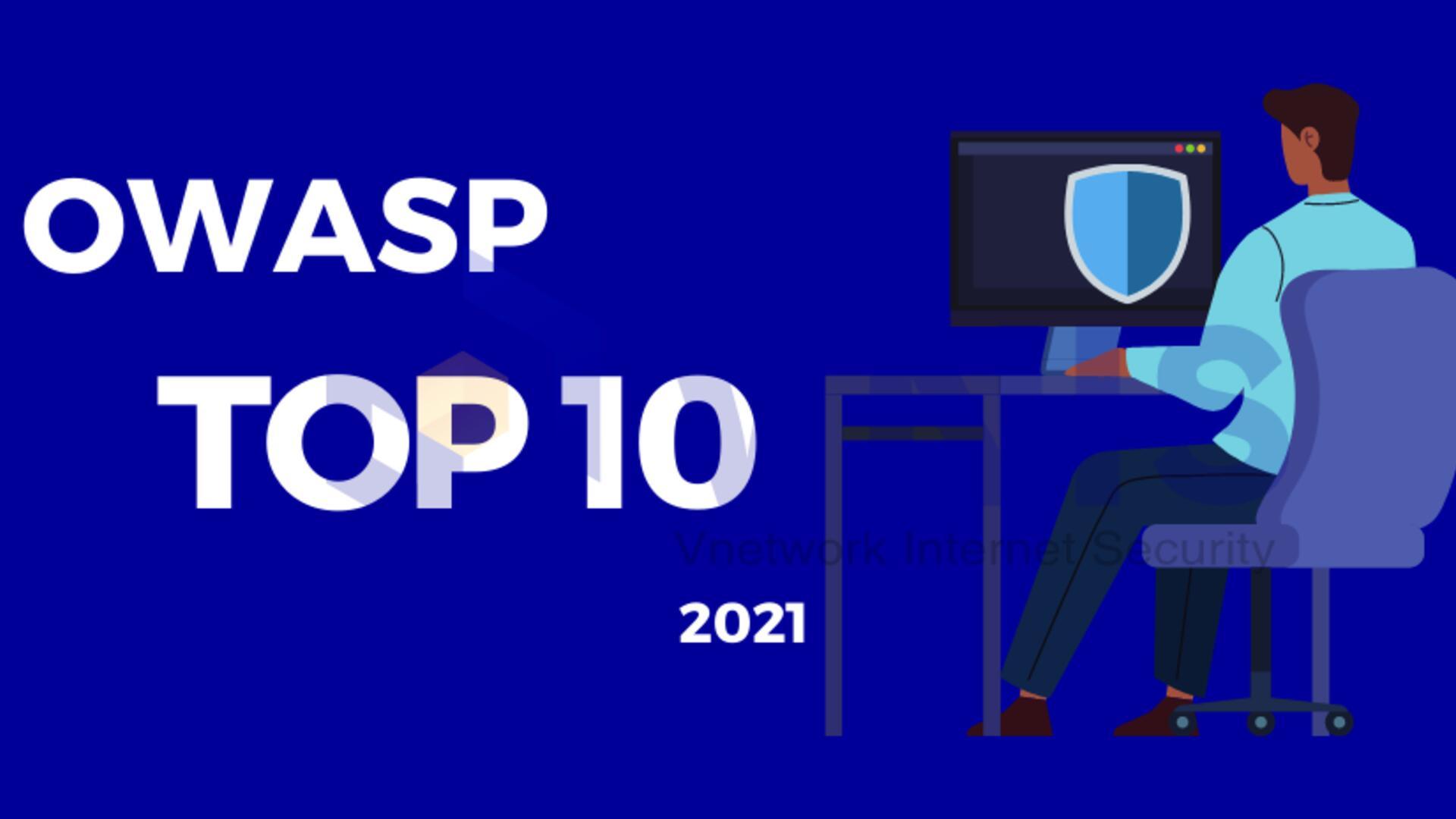What exactly is OWASP Top 10?
OWASP (Open Web Application Security Project) is a non-profit group of many of the world’s finest security specialists, dedicated to delivering knowledge about applications and dangers in a straightforward, realistic, and objective manner. OWASP has published a list of the Top 10 most serious application security vulnerabilities every four years since 2013, the most recent being OWASP Top 10.
The OWASP Top 10 is a frequently updated study on web application security concerns that focuses on the ten most critical flaws. A group of security specialists from all over the world put together the report.
The OWASP Top 10 serves as a standards document for web application developers and security. To lessen security threats, they advise that all businesses adopt this report into their operations.
OWASP collects data from organizations who conduct cybersecurity testing for corporations, parties that execute bug bounty programs, and organizations that give internal test data sets, according to an expert from the organization. Once the data is available, OWASP will do a fundamental analysis to determine which of the hazards the CWEs (Common Weakness Enumeration) list leads to.
In 2021, we’ll look at ten OWASP security issues.
In this 2021 edition, the order of severity of the OWASP Top 10 vulnerabilities has shifted dramatically.
A01: Broken Access Control has jumped from fifth to first place in 2021. These problems happen owing to a lack of automatic error detection features or inefficient assessment and testing processes caused by authorisation issues in the system. Hackers can use this flaw to get access to user permissions, allowing them to add, edit, and delete data.
A02: Cryptographic Failures, which result in the disclosure of sensitive data or compromise of the system and have catastrophic repercussions.
A03: The Injection error will take advantage of the application’s query statements’ vulnerability. When users fill out forms on the website, hackers will use a piece of SQL code to take control of the website’s execution and exploit database data.
A04: Insecure Design is one of the new categories in the top 10 OWASP vulnerabilities 2021.Hackers assault people by exploiting weaknesses in website design.
A05: Security Misconfiguration moved up one place to 6th place because the administrator did not update the newly updated security configurations every day. This leads to an uncertain security configuration of the website’s infrastructure, framework platform, server, etc.
A06: Error due to outdated and vulnerable security components (Vulnerable and Outdated Components)
A07: In 2017, Identity and Authentication Failures superseded Broken Authentication Failures. This is a critical category in the OWASP Top 10, and the framework’s recently improved standards aids in the reduction of this error.
A08: Software and Data Integrity Failures is a new category for the OWASP Top 10 2021, focusing on making assumptions about software updates, critical data, and CI/CD pipelines without integrity checks. In this category, one of the most heavily weighted impacts of Common Vulnerability Scoring System and Common Vulnerability Scoring System (CVE/CVSS) data is scored to ten CWEs.
A8:2017 - this category now includes Insecure Unsubscribe.
A09: Security Logging and Monitoring Failures formerly A10:2017 (Insufficient Logging and Monitoring) errors added from the OWASP Top 10 community survey, up from 10th place previously ranked 9th. This category has been broadened to include more difficult-to-test error categories that aren’t directly captured in CVE/CVSS data. Errors in this category, on the other hand, can have a direct impact on problem visibility and warnings.
A10: 2021 - Server-Side Request Forgery added from the OWASP Top 10 community survey.
How VNIS secures today’s websites
Refer to the VNIS solutions below to secure your website against the OWASP Top 10 security vulnerabilities.
Cloud WAF is a comprehensive and effective technology that can handle sophisticated CRS (Core Rule Set) to protect your website from Layer 7 attacks (application layer). Cloud WAF makes it easier to use and maintain, enabling for rapid inspections with only a few mouse clicks. Furthermore, VNIS has built in over 2,000 sets of security rules as soon as the service is activated, while constantly monitoring and analyzing the network environment and updating the database on the latest threats, assisting in the prevention of website attacks and eliminating concerns about OWASP leading security holes.
When you join a domain name to the VNIS platform, your website is automatically secured against application layer attacks that target SQL Injection, XSS, and other vulnerabilities.
Through the dashboard, Cloud WAF can identify every part of an attack, such as the source, assault pattern, and traffic, allowing businesses to ensure that their website is always safe. VNIS also efficiently resists vulnerability attacks because of its Multi CDN network, which connects to the majority of the world’s largest CDNs, offering cloud-based DDoS protection that can withstand any attack. DDoS assaults can happen anywhere on the planet. Even when the website is under attack, this approach ensures that it performs at its best. VNIS’ incredible anti-DDoS power, combined with a total CDN bandwidth of up to 2600 Tbps, can instantaneously remove DDoS. VNIS helps to hide the website’s original server IP, prevent DDoS attacks from hackers, uses AI technology to automatically monitor, analyze, and block unwanted assaults on the website, as well as secure it 24/7.
Please contact the hotline (028) 7306 8789 or contact@vnetwork.vn or email to: sales@vnetwork.vn.

